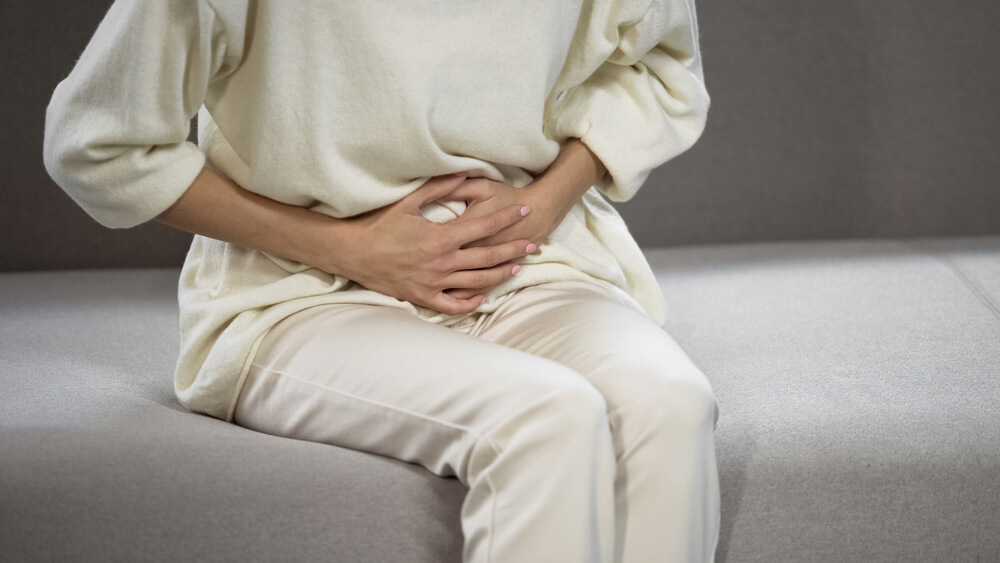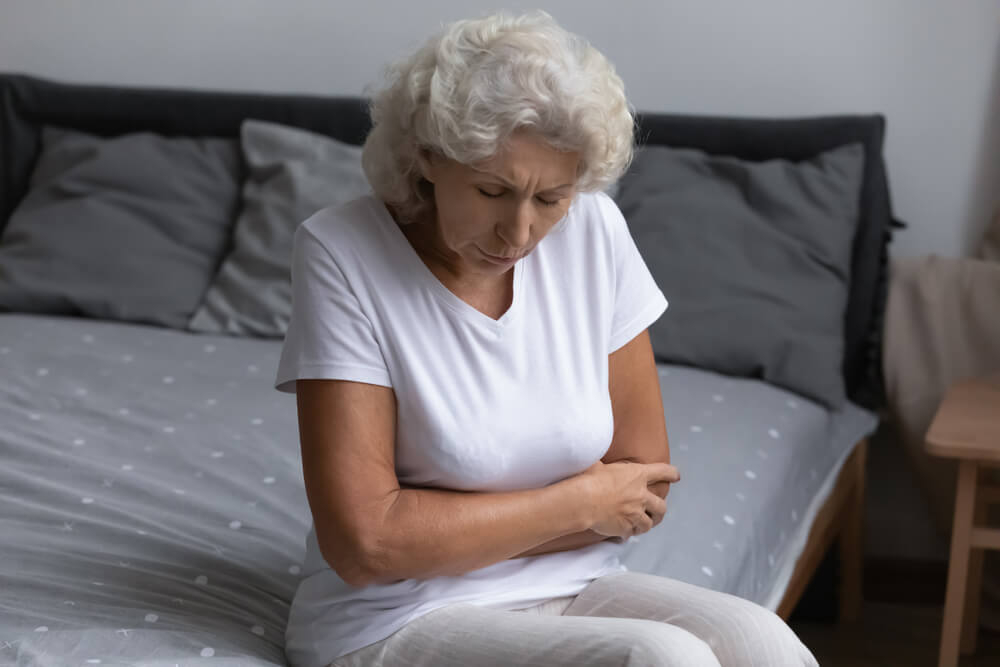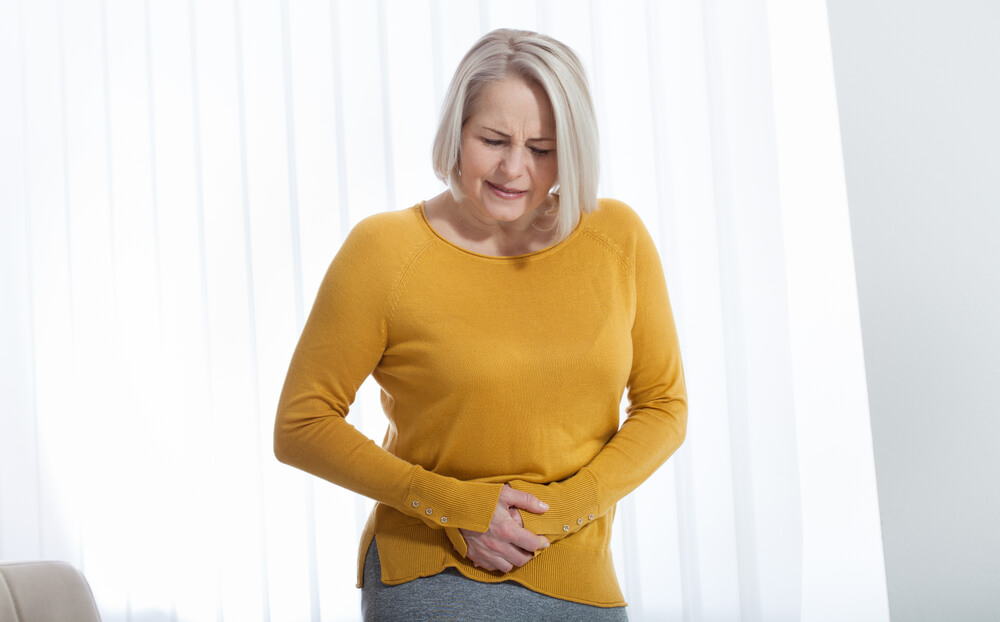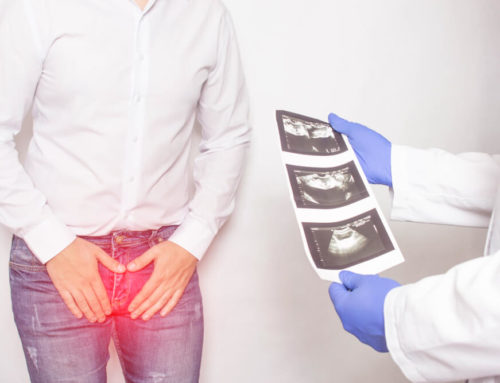Living with bladder spasms can be challenging, so learning about the different management techniques is crucial for improved life quality. The reality is that you do not need to live in a constant state of fear that you are going to wet yourself accidentally. By learning about the different ways that you can treat an overactive bladder, you will boost your health, improve your self-esteem, and become the best version of yourself. Of course, before opting for any of these treatment methods and medications, it is essential to consult with a healthcare professional for expert advice. If you are located in the area or just searching for the best experts in the industry, consult with an internal medicine specialist in Hialeah, FL.
What is the best way to treat this uncomfortable, often life-debilitating symptom? What are bladder spasms anyway? Find out below.
What Causes Bladder Spasms?
When the bladder muscles tighten or contract, bladder spasms occur. If the contractions continue repeatedly, you may feel an urge to urinate. Due to this, the terms “bladder spams” and “overactive bladder” (or OAB) are typically used synonymously. Urge continence is the same thing as an overactive bladder. Patients with urge continence feel an urgent need to empty the bladder, and often, there is an uncontrollable leakage of urine.
Patients with an infection can have bladder spasms. For instance, UTIs or urinary tract infections refer to temporary infections that lead to urgency, pain, cramps, and burning. Fortunately, treatments are available and are highly effective in clearing up infections and alleviating symptoms.
If you are experiencing any uncomfortable and unusual symptoms, such as an overactive bladder, make sure to talk to a healthcare professional for diagnosis. Moreover, if you have any questions or concerns about your health, request an appointment today and get expert treatment as soon as possible.
Bladder Spasms and the Risk Factors

Anyone can experience bladder cramps, no matter the sex or the age of the person. Even children can have this condition (it is referred to as uninhibited bladder or pediatric unstable bladder), and it is the number one daytime incontinence cause.
However, some people are at increased risk of developing this condition. For instance, you may have a boosted risk of experiencing bladder cramps if you:
- Have diabetes
- Are in menopause
- Are elderly
- Are obese or overweight
- Are pregnant, or you recently gave birth
- Have a UTI or a urinary tract infection
- Have recently undergone pelvic or lower abdominal surgery
- Have bladder muscle damage due to injury or disease
- Have a neurologic illness such as spinal cord injury or stroke
If you are experiencing pain, irritation, or other uncomfortable symptoms, it is best to consult with your doctor for bladder spasm treatment. By receiving the proper treatment early, you will increase your chances of a speedy recovery.
What Do Bladder Spasms Feel Like?
In healthy individuals, the bladder is gently filled with urine, and as this happens, you slowly feel the urge to use the bathroom and urinate. However, individuals with bladder spasms experience this sensation suddenly and, typically, severely. The involuntary and sudden squeezing of the muscle is called a “spasm.” Often, the patient experiencing a bladder spasm can notice uncomfortable leakage. In such cases, the condition is referred to as an overactive bladder or urge incontinence.
Individuals dealing with such spasms report cramping pain and occasional burning sensations. Some female patients with severe cases of bladder spasms say that the pain is similar to painful period cramps. In fact, some women describe the pain as similar to labor pains while giving birth.
Based on this data, it is not surprising that many people seek the best medication for bladder spasms. As mentioned, this condition may require unwanted lifestyle changes, and in some cases, it may make the individual turn away from all social interactions. Since you never know when you may have bladder cramps, you may want to stay home and avoid social gatherings. Fortunately, you can always opt for bladder spasm treatment.
What’s the Best Bladder Spasm Treatment?
Patients can try different exercises and lifestyle changes to ease bladder spasm symptoms. Medications are also readily available for treatment. Here are some of the best ways to improve your life quality.
Make Some Dietary Changes
Many patients believe that the best bladder spasm treatment begins with what you put on your plate. To get started, we recommend keeping a food diary and tracking all of your meals and the symptoms that you experience after eating. Some commonly irritating drinks and foods may include:
- Fruit juice
- Citrus fruits
- Spicy foods
- Tomatoes (and tomato-based products)
- Artificial sugars and sugar
- Tea
- Carbonated beverages
- Chocolate
If you don’t know which foods are making your symptoms worse, we recommend consulting with a licensed nutritionist and a healthcare professional.
Go to the Bathroom Every Two Hours
Try going to the bathroom every two hours to empty your bladder. This method is beneficial if you have a child with the condition.
Consider Pelvic Floor Exercises
Pelvic floor exercises or Kegels are highly effective for strengthening the bladder and muscles that hold urine. Pair Kegels with biofeedback to reduce bladder spasms in kids. Doing Kegels for the first time can be daunting, but once you get the hang of it, you will be able to do them anytime, anywhere. To perform a Kegel, tighten the pelvic muscles by squeezing the muscles just like you would when trying to stop urine flow. If you are still confused, ask your healthcare provider for detailed instructions.
Try Medication for Bladder Spasms
Your doctor may prescribe medications to alleviate bladder spasms. For instance, your doctor could recommend:
- Tricyclic antidepressants like desipramine (Norpramin)
- Antispasmodics like tolterodine (Detrol)
Some patients may also consider medication for bladder spasms, such as alpha-blockers(doxazosin or terazosin), to help relax the bladder and empty it entirely.
Ask Your Doctor About TENS
Some patients may find relief in electrical stimulation through the skin, also referred to as TENS or transcutaneous electrical nerve stimulation. This method involves sending electrical pulses to the patient’s bladder via patches on the skin. According to the experts, the electric signals help by releasing pain-blocking hormones and boosting blood flow. In some instances, TENS can be helpful for relieving pain in the muscle or back.
Consider an Electrical Stimulation Implant
This method involves placing Axonics or Inter-Stim under the patient’s skin. Electrical pulses are delivered to the patient’s bladder to help with severe urge incontinence.
Go With Sedatives and Pain Medicines
Patients who are experiencing spasms post-surgery due to catheters are good candidates for sedatives and pain medicines. Unfortunately, this method does not always relieve all discomfort.
Opt for Botox
Findings reveal that Botulinum-A toxin is helpful for reducing nerve-related spasms in adults and children. The physician will inject the botox into your bladder muscle wall.
When Should You See a Doctor?

Reach out to your doctor if you are experiencing any of the following:
- Urine leakage
- Bloody urine
- Frequent or urgent need to urinate
- Cramping or pain in the lower abdominal area or the pelvis
- Burning or pain while urinating
Give Us a Call Today
If you believe you have symptoms of this condition, consult with a healthcare professional immediately. Fortunately, we are here to help you. Give us a call today and get started with improving your health.



